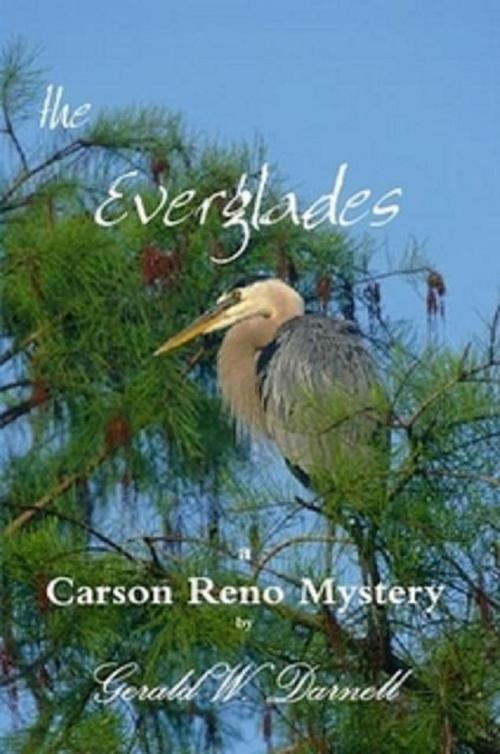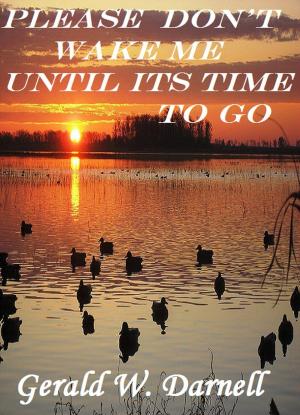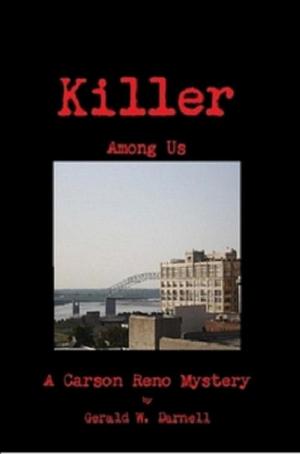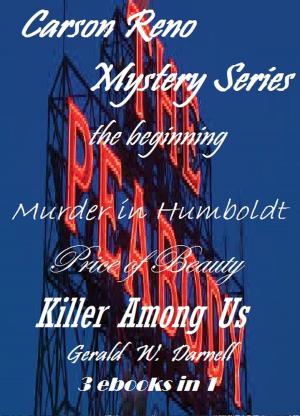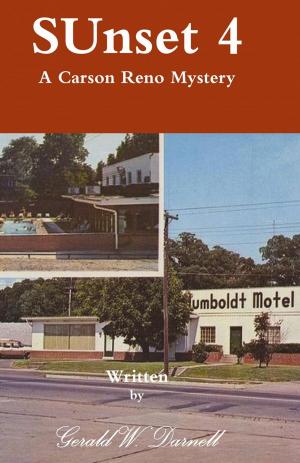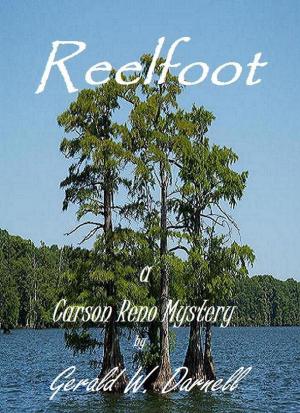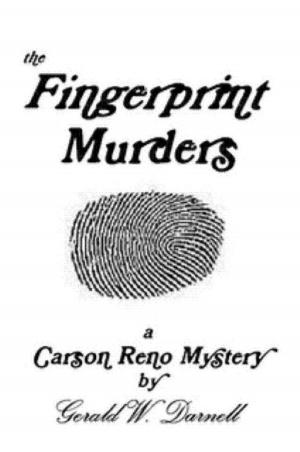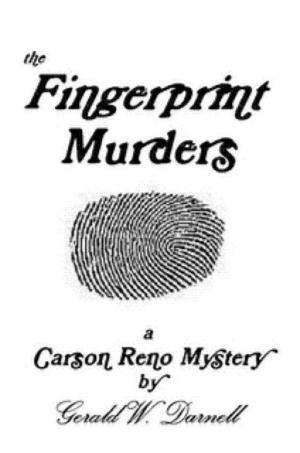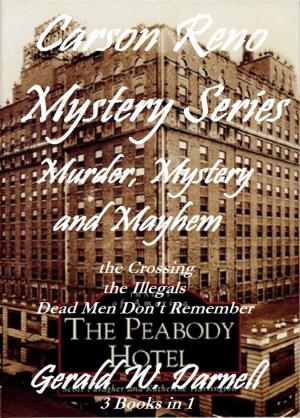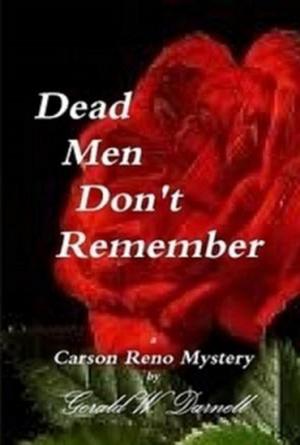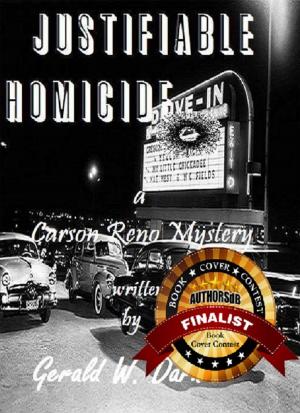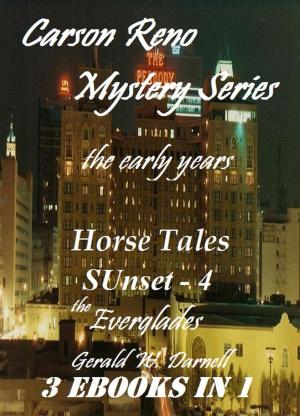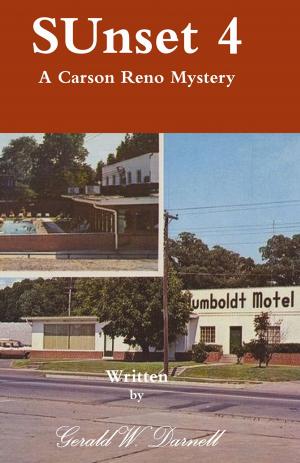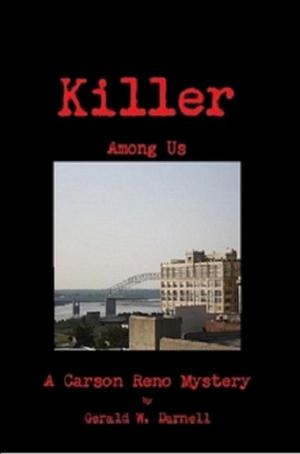| Author: | Gerald Darnell | ISBN: | 9781310544903 |
| Publisher: | Gerald Darnell | Publication: | March 14, 2015 |
| Imprint: | Smashwords Edition | Language: | English |
| Author: | Gerald Darnell |
| ISBN: | 9781310544903 |
| Publisher: | Gerald Darnell |
| Publication: | March 14, 2015 |
| Imprint: | Smashwords Edition |
| Language: | English |
After the big fire at the Rod and Gun Club, money for most of the residents of Everglades City was difficult to find. Hotel workers and fishing guides were hit the hardest; tourism for this small town at the edge of the Florida Everglades shut down.
But Robert Earl had contacts, and he found some easy money.
On a prescheduled night, once every two weeks, Robert Earl and his two companions went on a midnight fishing trip. They would gas up their 21 foot 1959 Glasspar Seafair Sedan, load minimal bait and head out through the ‘Ten Thousand Island’ area of the Everglades.
Leaving Chokoloskee Bay, they traveled out the Barron River through Capri Pass. At ‘Turtle Island’ they set their compass on a 180-degree reading and the throttle to 20 miles per hour. Tides must be taken into account and speed adjusted accordingly, but the plan was a 2-hour/40-mile run, headed directly south into the Gulf of Mexico.
At the designated rendezvous point, they brought the engine to idle and turned on large lights – providing an easy sight for the plane that would soon be searching for them.
The small plane always circled twice before dropping 6 large packages, which looked much like bales of hay. Then Robert Earl and his two associates would retrieve the floating packages, store them on board and begin the two-hour trip back to Chokoloskee harbor. Arriving before daylight, they would dock and leave their cargo stored in the lower ‘cuddy’ section of the boat. The next morning the cargo would be gone, replaced by a small plastic bag containing cash - substantial cash. This was easy money!
Their final trip would be very different. A hurricane was rolling across South Florida, and Robert Earl had tried to delay the regular scheduled drop. However, his Mafia contacts were simply not interested in his concerns. Either Robert Earl makes the pick-up or they would find somebody else; Robert Earl had no choice. This was easy money and he needed it.
Seas were 12 – 15 feet, and just getting to the rendezvous point was a challenge. However, they somehow managed to reach the drop area and maintain their position for over an hour. When the plane finally arrived, it had difficulty flying in the storm and the bales were dropped much farther away than normal. After another hour of fighting the waves, Robert Earl and his two associates finally boarded the last bale and headed for the safety of harbor. That trip didn’t last long.
The first wave crossed the bow at a 45-degree angle – turning the boat sideways and making it an easy target for the next one. Within moments, the boat was engulfed with seawater and began to sink; it was gone in less than two minutes – the engine still sputtering as it slipped beneath the surface of the water.
In desperation, Robert Earl and his two associates clang to debris and floating wreckage, while bouncing up and down in the 15-foot seas. They had no life jackets, but that really didn’t matter. There was no life 40 miles out in the Gulf of Mexico during a hurricane – only death.
At daylight the sharks came quickly and relentlessly. Within an hour, Robert Earl and his two associates became victims of the sea and the hurricane. All was lost of them, their boat and their existence. All except the floating bales!
It took weeks, but eventually the floating bales found their way to shore. Most of the bales made landfall around the ‘Lost Man’s’ River area and a nearby Ranger Station. They were quickly recovered and a massive FBI investigation began. More drugs were making their way into the United States and the Florida Everglades appeared
After the big fire at the Rod and Gun Club, money for most of the residents of Everglades City was difficult to find. Hotel workers and fishing guides were hit the hardest; tourism for this small town at the edge of the Florida Everglades shut down.
But Robert Earl had contacts, and he found some easy money.
On a prescheduled night, once every two weeks, Robert Earl and his two companions went on a midnight fishing trip. They would gas up their 21 foot 1959 Glasspar Seafair Sedan, load minimal bait and head out through the ‘Ten Thousand Island’ area of the Everglades.
Leaving Chokoloskee Bay, they traveled out the Barron River through Capri Pass. At ‘Turtle Island’ they set their compass on a 180-degree reading and the throttle to 20 miles per hour. Tides must be taken into account and speed adjusted accordingly, but the plan was a 2-hour/40-mile run, headed directly south into the Gulf of Mexico.
At the designated rendezvous point, they brought the engine to idle and turned on large lights – providing an easy sight for the plane that would soon be searching for them.
The small plane always circled twice before dropping 6 large packages, which looked much like bales of hay. Then Robert Earl and his two associates would retrieve the floating packages, store them on board and begin the two-hour trip back to Chokoloskee harbor. Arriving before daylight, they would dock and leave their cargo stored in the lower ‘cuddy’ section of the boat. The next morning the cargo would be gone, replaced by a small plastic bag containing cash - substantial cash. This was easy money!
Their final trip would be very different. A hurricane was rolling across South Florida, and Robert Earl had tried to delay the regular scheduled drop. However, his Mafia contacts were simply not interested in his concerns. Either Robert Earl makes the pick-up or they would find somebody else; Robert Earl had no choice. This was easy money and he needed it.
Seas were 12 – 15 feet, and just getting to the rendezvous point was a challenge. However, they somehow managed to reach the drop area and maintain their position for over an hour. When the plane finally arrived, it had difficulty flying in the storm and the bales were dropped much farther away than normal. After another hour of fighting the waves, Robert Earl and his two associates finally boarded the last bale and headed for the safety of harbor. That trip didn’t last long.
The first wave crossed the bow at a 45-degree angle – turning the boat sideways and making it an easy target for the next one. Within moments, the boat was engulfed with seawater and began to sink; it was gone in less than two minutes – the engine still sputtering as it slipped beneath the surface of the water.
In desperation, Robert Earl and his two associates clang to debris and floating wreckage, while bouncing up and down in the 15-foot seas. They had no life jackets, but that really didn’t matter. There was no life 40 miles out in the Gulf of Mexico during a hurricane – only death.
At daylight the sharks came quickly and relentlessly. Within an hour, Robert Earl and his two associates became victims of the sea and the hurricane. All was lost of them, their boat and their existence. All except the floating bales!
It took weeks, but eventually the floating bales found their way to shore. Most of the bales made landfall around the ‘Lost Man’s’ River area and a nearby Ranger Station. They were quickly recovered and a massive FBI investigation began. More drugs were making their way into the United States and the Florida Everglades appeared
